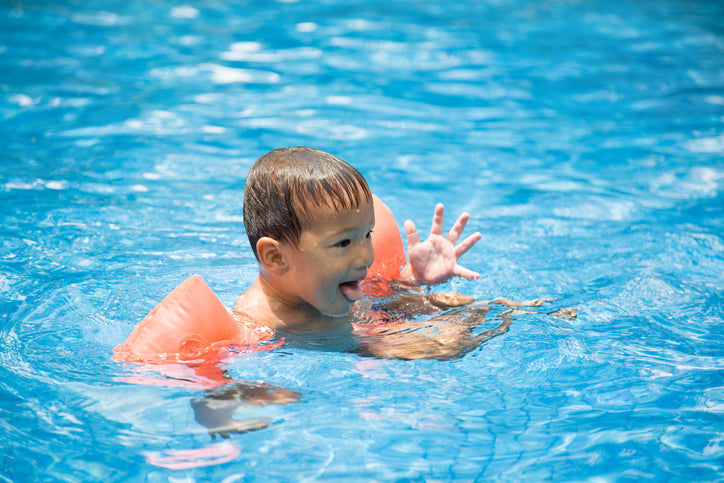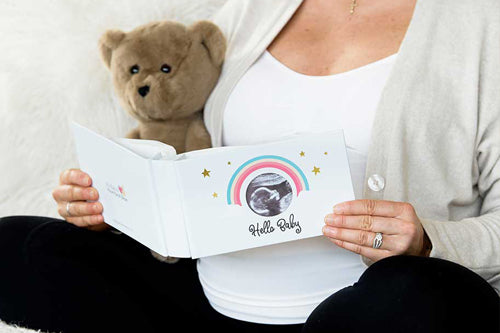Dry Drowning vs Secondary Drowning: What Parents Need to Know

Pools are opening up for the summer swim season, and after a year of being out of the water, now is the time to brush up on your drowning knowledge.
Water safety is something every parent feels anxiety over. Children are enrolled in swim lessons and survival lessons a just a few months of age, which is a great idea, but doesn't guarantee pool or water safety. While the thought of a child drowning is common - and terrifying, most parents overlook the possibility of dry drowning and secondary drowning.
When a child suffers from drowning effects long after being in the water, potentially leading to death, it is an unexpected tragedy - known as secondary drowning. The media will often use both dry drowning and secondary drowning terms interchangeably, but they are two different experiences.
According to ISLA (International Surf Lifesaving Association):
“There are no medically accepted conditions known as near-drowning, dry drowning, and secondary drowning. The World Health Organization, the International Liaison Committee on Resuscitation, the Wilderness Medical Society, the Utstein Style system, the International Lifesaving Federation, the International Conference on Drowning, Starfish Aquatics Institute, the American Heart Association, the American Red Cross, and the U.S. Centers for Disease Control and Prevention (CDC) all discourage the use of these terms. (WHO, Circulation 2003;108[20]:2565; Wilderness Environ Med 2016;27[2]:236; International Life Saving Federation; Handbook on Drowning: Prevention, Rescue, Treatment. Berlin: Springer, 2006; Starfish Aquatics Institute; Circulation 2005,112:IV-133; American Red Cross Statement on Secondary Drowning, Morb Mortal Wkly Rep 2004;53:447; Snopes; CDC.)”
While these tragedies are very rare, they are possible.
Dry Drowning
Dry drowning means that water never enters the victim’s lungs. Instead, water causes the vocal cords to spasm and close off the airways. This occurs while in the water, not hours, days, or weeks later. Dry drowning causes asphyxiation and occurs in the moment. It looks a lot like normal drowning.
What does drowning look like?
There is little to no thrashing, but more of a sinking situation that occurs. It often happens right in front of adults because it only takes the blink of an eye – and doesn’t cause much of a scene.
Secondary Drowning (Or Delayed Drowning)
Delayed drowning is when a small amount of water does enter the lungs and slowly inhibits the lungs' ability to do their job. The victim has trouble breathing over a period of time (hours or days) before he or she ‘drowns,’ but there are very noticeable signs that should raise a red flag to a parent if this is happening.
With secondary drowning, you may notice your child swallow, gag, or cough on water at the pool. Sometimes a large belch even occurs. This does not mean water has entered the lungs; again, this is quite a rare probability, but it is a sign to watch your child and note any behavior or health changes.
Things to watch for in the hours following:
- Hard Coughing
- Vomiting
- Breathing Challenges (rapid, shallow breaths)
- Chest Pain
- Blue Lips
- Pale Skin
- Extreme Fatigue (This means oxygen is not making it to the brain at a normal rate)
- Crankiness or Acting Out in Uncharacteristic Ways
If these warning signs occur, and begin to worsen instead of clear up, head to the doctor or emergency room to be checked out.
If your anxiety is still on high, jump in the pool with your kids and keep them within an arm’s reach. That way you will know if anything odd takes place.
Featured Articles
5 New Year's Desserts to Make With Kids
Mocktails to Ring in the New Year




















